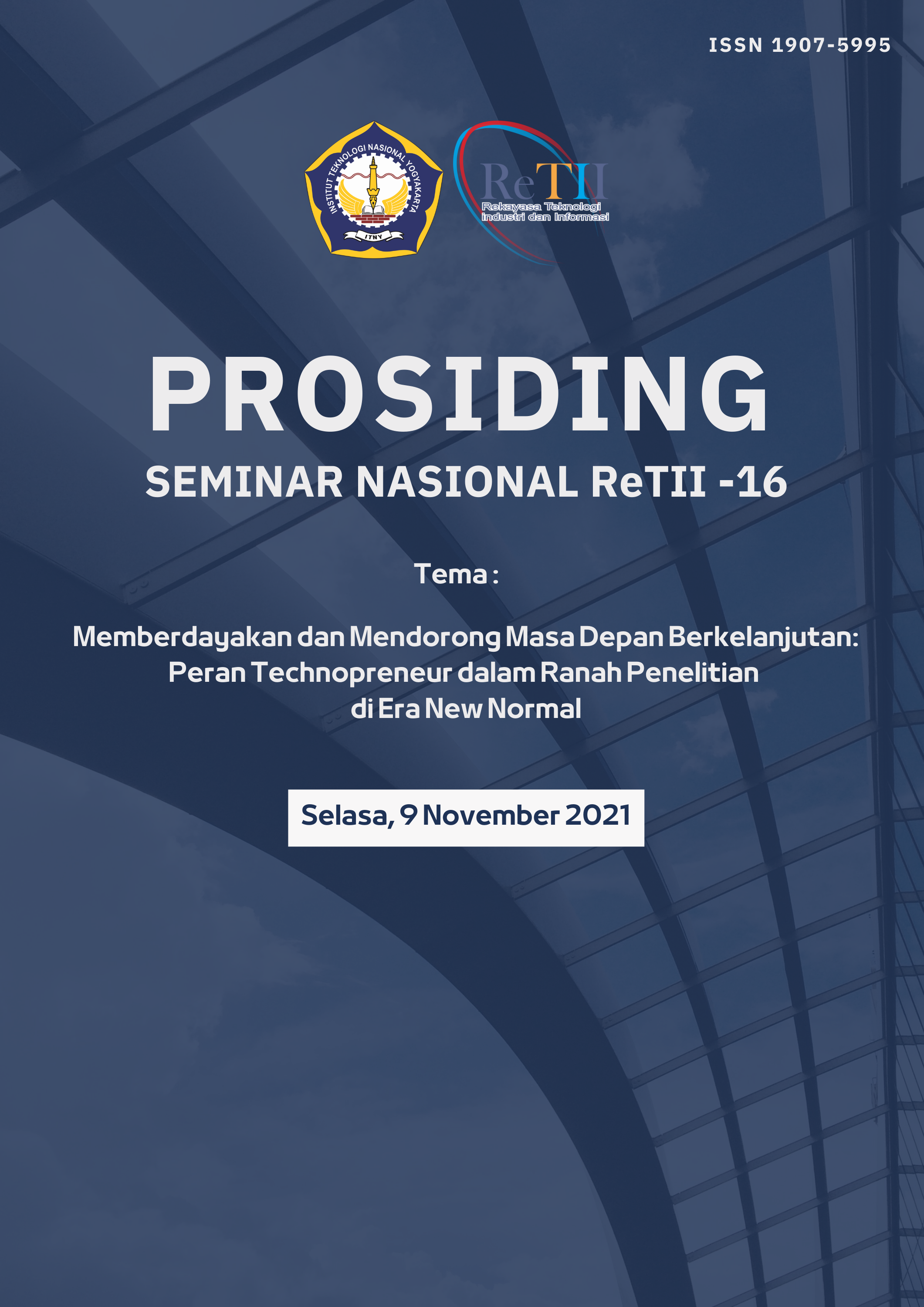Pengolahan Data Digital Elevation Model Untuk Pembuatan Peta Aliran Debris Pada Sungai Palung Pulau Lombok Provinsi Nusa Tenggara Barat
Keywords:
debris flow, modeling, RAMMS, Palung Watershed.Abstract
Debris flow is one type of mass movement that occurs where a combination of loose soil, rock, organic materials, air, and water moves down to a slope. Debris flow usually occurs due to intense surface water flow and heavy rainfall, which erodes and mobilizes loose soil or rock on steep slopes. In the last decade, debris flow disaster have occurred in Lombok Regency which caused many casualties and infrastructure damage. The method used in this modeling is generated from the processing of the Digital Elevation Model (DEM) data which is correlated with several parameters such as volume, friction, etc. Furthermore, the parameters determined are simulated using the RAMMS application. The results of this modeling are numerical data and zonation maps of debris flow prone areas. This Research is expected to be an effort to mitigate debris flow disasters around the Palung watershed, Lombok Regency, West Nusa Tenggara Province.
Keyword : debris flow, modeling, RAMMS, Palung Watershed.
References
[2] Pramono, I.B. dan Savitri. E., 2017. Evaluasi Tata Air Das Palung, Pulau Lombok, Nusatenggara Barat. Prosiding Seminar Nasional Geografi. Universitas Muhammadiyah, Surakarta.
[3] Hidayani, N., 2015. Pemetaan Rawan Banjir Bandang Daerah Aliran Sungai Sambelia Kecamatan Sambelia Kabupaten Lombok Timur NTB. Doctoral dissertation, Universitas Gadjah Mada, Yogyakarta.
[4] Qodri, M. F., Noviardi, N., & Mase, L. Z. (2021, September). Numerical Modelling Based on Digital Elevation Model (DEM) Analysis of Debris Flow at Rinjani Volcano, West Nusa Tenggara, Indonesia. In Journal of the Civil Engineering Forum (Vol. 7, No. 3, pp. 279-288).
[5] Mangga, S., Atmawinata, S., Hermanto, B., Setyogroho, B. dan Amin, T.C., 1994. Peta Geologi Lembar Lombok, Nusa Tenggara. Pusat Penelitian dan Pengembangan Geologi, Indonesia.
[6] Badan Informasi Geospasial (BIG). Geospasial Untuk Negeri. Available at: http://tanahair.indonesia.go.id. [Diakses pada 1 Maret 2021].
[8] Bartelt, P., Bühler, Y., Christen, M., Deubelbeiss, Y., Graf, C., McArdell, B. W., and Schneider, M., 2015. RAMMS-DF User Manual. WSL Institute for Snow and Avalanche Research SLF, Davos, Birmensdorf, Switzerland.
[9] Salm, B., 1993. Flow transition and runout distances of flowing avalanches. In: Annals of Glaciology 18, 221-226.
[10] Ayotte, D. and Hungr, O., 2000. Calibration of a runout prediction model for debris-flows and avalanches. In Debris-flow hazards mitigation: mechanics, prediction, and assessment (pp. 505- 514).
[11] Kristiawan, Y. dan Sumaryono, S., 2020. Pemodelan Aliran Bahan Rombakan di Kecamatan Sambelia, Kabupaten Lombok Timur, Nusa Tenggara Barat. Jurnal Lingkungan dan Bencana Geologi, 11, 49-62.
[12] Julaydi, A., 2015. Data dan Informasi Pengelolaan Sumber Daya Air WS Lombok dan WS Sumbawa. Kepala Balai Wilayah Sungai Nusa Tenggara I, Nusa Tenggara Barat
[13] Christen, M., Kowalski, J. and Bartelt, P., 2010. RAMMS: Numerical simulation of dense snow avalanches in three-dimensional terrain. Cold Regions Science and Technology, 63(1), pp. 1–14.
Downloads
Published
How to Cite
Issue
Section
License
Prosiding ini memberikan akses terbuka langsung ke isinya dengan prinsip bahwa membuat penelitian tersedia secara gratis untuk publik mendukung pertukaran pengetahuan global yang lebih besar.
Semua artikel yang diterbitkan Open Access akan segera dan secara permanen gratis untuk dibaca dan diunduh semua orang.


